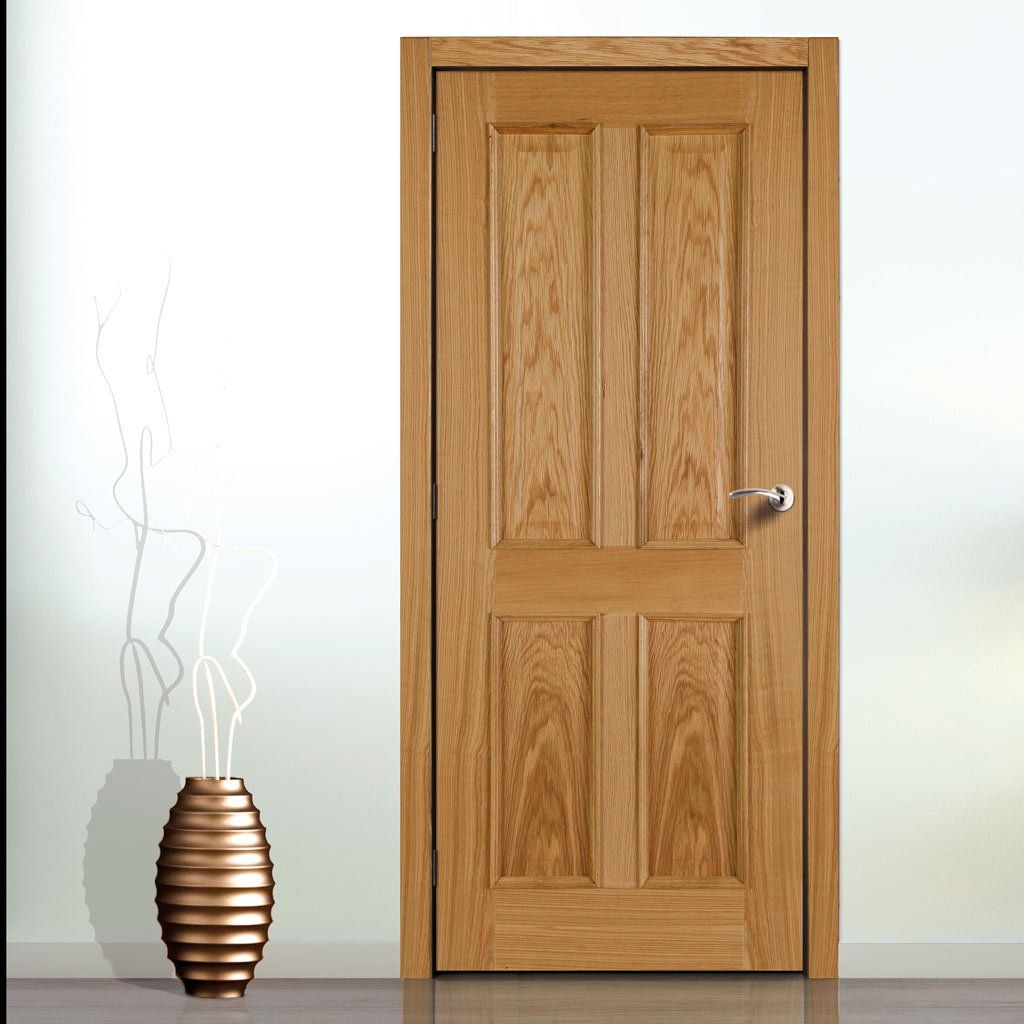Hinges For Fire Doors Regulations

Ce marking of hinges covers both fire and escape doors.
Hinges for fire doors regulations. All fire doors have an additional safety feature they must be self closing and self latching. Non bearing plain steel hinges may be used if they are part of a listed assembly. Again this may vary from manufacturer to manufacturer. This is accomplished through the use of a closer or spring hinge and a fire rated lockset or exit device.
A hinge tested for use solely on escape doors can be ce marked but will not be suitable for fire doors. 7 only listed fire door hardware shall be used. Intumescent may be required so it is important to check certification. One hinge is required for each 762 mm 30 in of door height or fraction thereof.
This means that in the event of a fire all of these doors will close and latch without a person s help. 8 a fire door must have steel bearing type hinges. Nfpa 80 requires hinges and pivots to be steel base material ball bearing type and of a certain size thickness and quantity depending on the door size thickness and fire rating. 6 a fire door must be free of any obstructions which could prevent the door from operating properly i e wedge door stops chains hook backs etc.
Fire doors will have automatic closing devices fire door closers fitted. Internal fire doors will in lots of instances have at least 3 sizes but in most styles we are able to offer a choice of several sizes and two thicknesses including the 30 minute fire doors or the 60 minute fire doors the latter is only available in a handful of options fire door regulations are stringent make sure you choose. In addition to building regulations fire doors may also be required to comply with other codes and standards to meet breeam and the code for sustainable homes criteria as well as procurement requirements for responsible sourcing of materials such as those provided by forest certification and chain of custody required under cpet regulations. What are the requirements for hinges on a fire door.
















































